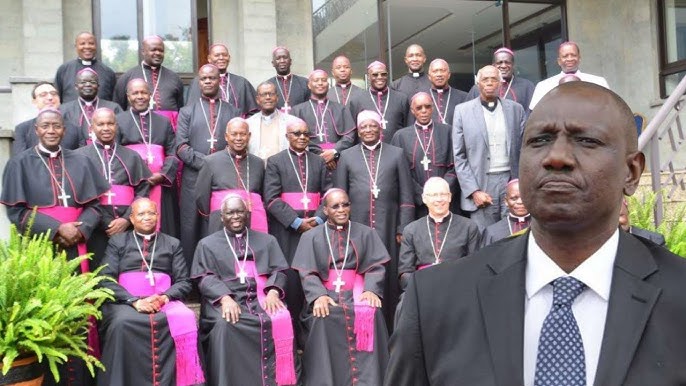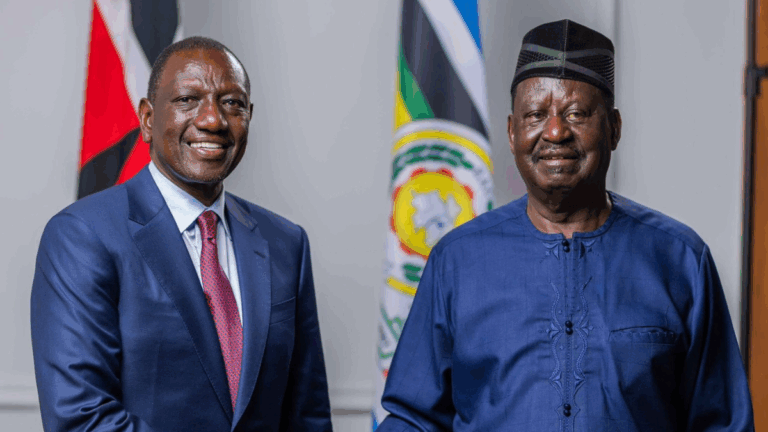If you’ve been keeping up with Marvel Studios, you know the MCU never sleeps....
Henry Mworia
Have you ever wondered how to make iced coffee that’s as refreshing as it...
Brief Summary The Rising Tensions in the Middle East As Israel continues its war...
Is Kenya Really the Land of the Free? Well, Not According to Catholic Bishops…...
Fun Fact: Did you know that The 48 Laws of Power by Robert Greene...
Kenya’s plan to send skilled workers abroad to countries like Qatar, hailed as a...
Social media can be a great way to stay connected, but it’s also easy...
Raila Odinga has officially announced his candidacy in the AUC chairmanship bid (the African...
Yesterday I bumped into a friend who told me he is in the business...
The battle for the FKF Presidency (Football Kenya Federation) position is intensifying ahead of...















